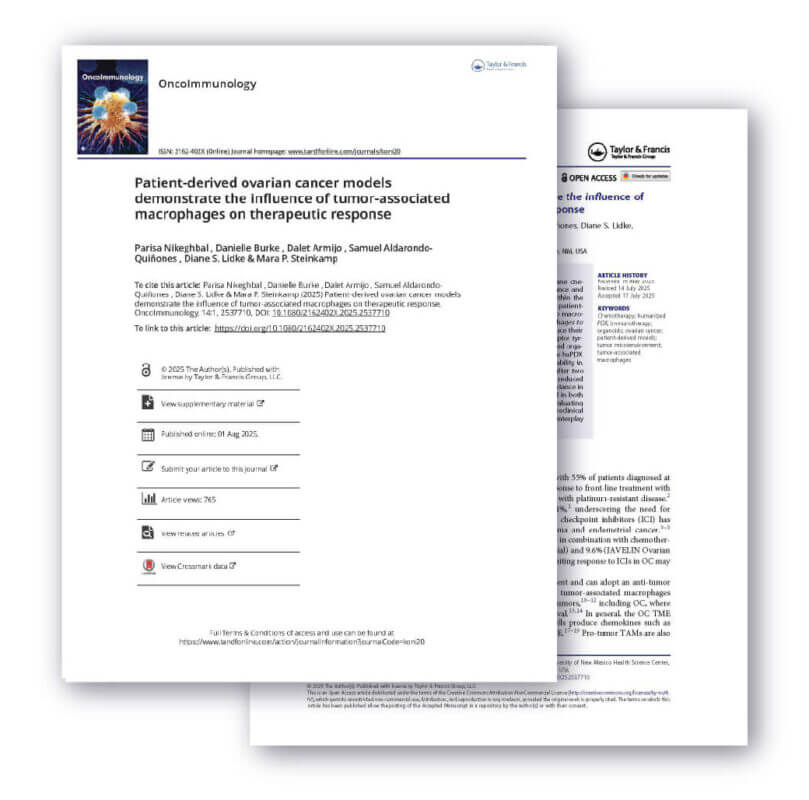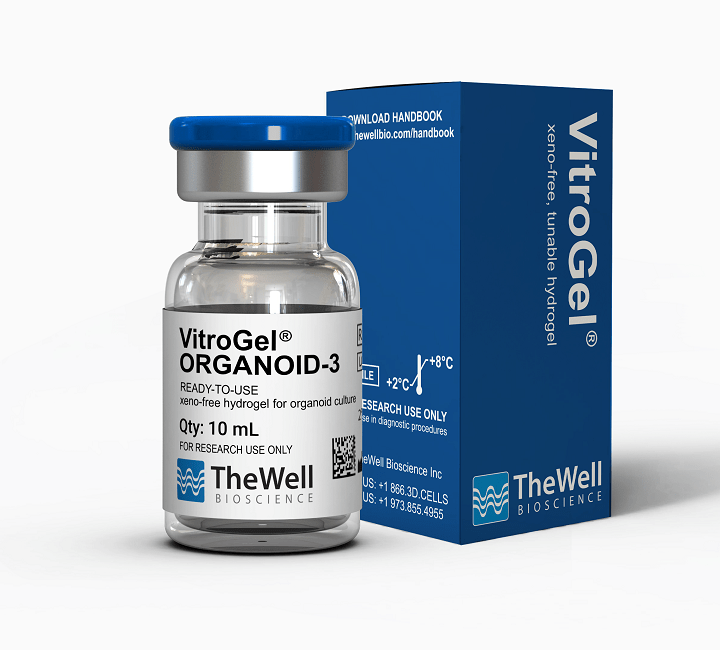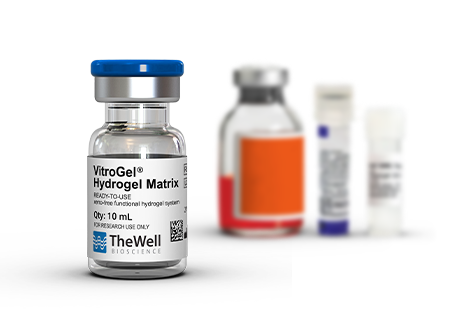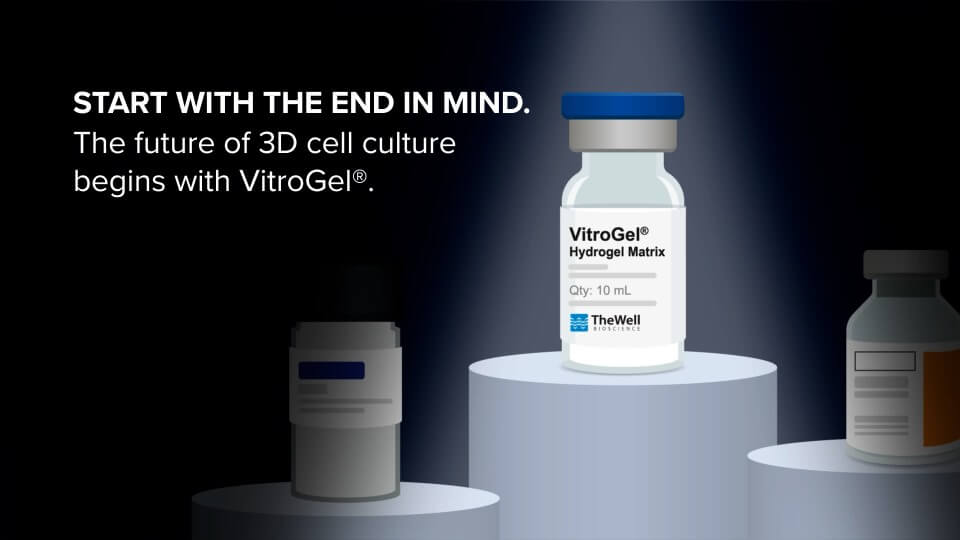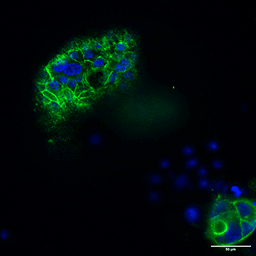Research Highlights
Uncovering the Role of Tumor-Associated Macrophages in Ovarian Cancer Therapy Using VitroGel® Models
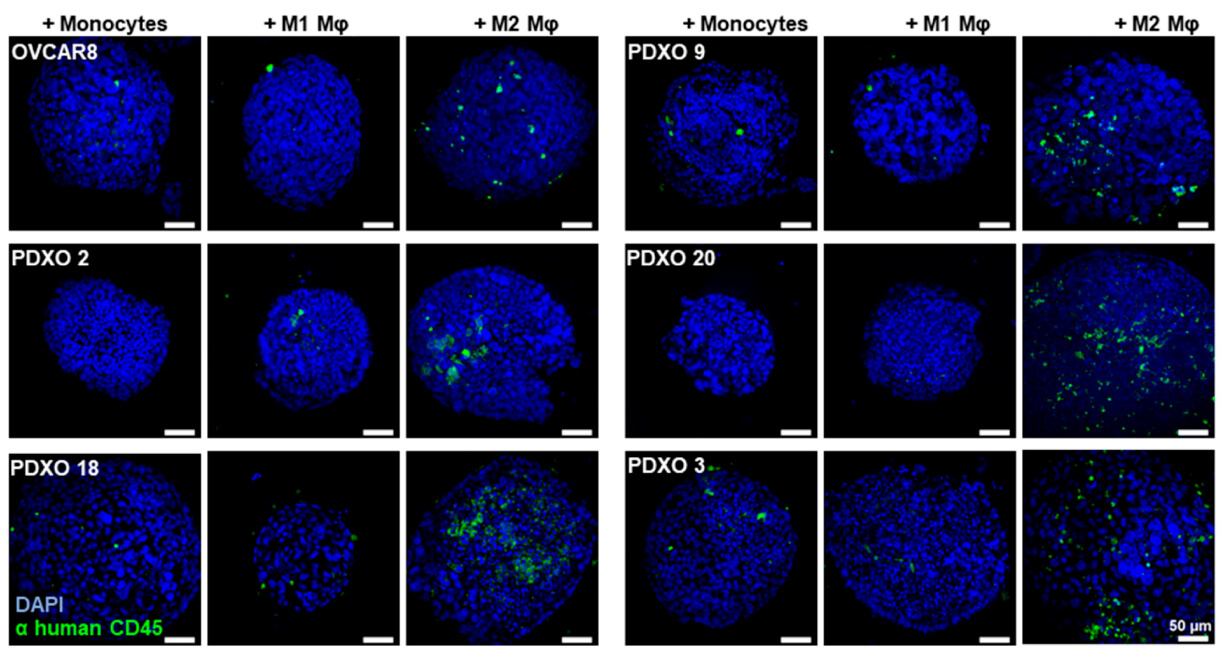
VitroGel® ORGANOID 3 turns tumor–immune interactions into clear insights without the variability of animal-based matrices.
Category:
Organoids
Subcategory:
Different types of organoids
Cell Type:
OVCAR8 and Malignant ascites
Hydrogel:
VitroGel® ORGANOID (VHM04-3)
Team:
Hasitha U Premathilake, Caio H Mazucanti, Qin Yao, Jennifer F. O’Connell, NanditaVegesna, Dimitrios Tsitsipatis, Cory Weller, Kwan-Wood Gabriel Lam, Julián Candia, Jinshui Fan, Supriyo De, Payel Sen, Josephine M Egan, Máire E Doyle
Institution:
University of New Mexico Health Science Center
A major challenge in ovarian cancer is chemotherapy resistance, often driven by the tumor’s immune microenvironment. Traditional culture systems fail to mimic these complex cell–cell interactions.

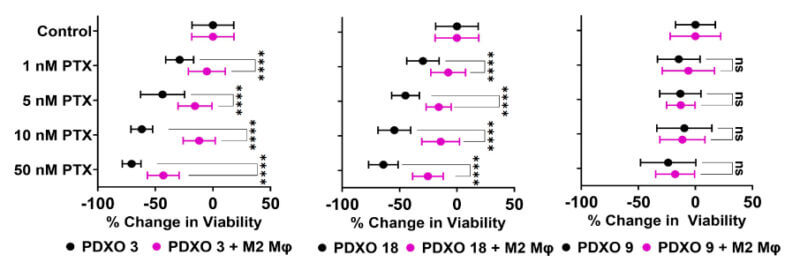
Using VitroGel® ORGANOID 3 (VHM04-3), researchers at the University of New Mexico established 3D co-cultures of patient-derived ovarian cancer organoids with macrophages. This xeno-free synthetic matrix enabled precise tracking of macrophage infiltration and its impact on drug response.
Researchers found that M2 macrophages boosted organoid survival and reduced sensitivity to paclitaxel, while macrophage-targeted therapies restored drug efficacy.
VitroGel® provided a physiologically relevant and reproducible 3D platform to uncover how immune cells drive chemotherapy resistance.
PRODUCTS USED:
Discover how VitroGel® can support your cell culture research
Explore our updated resources for a concise overview of VitroGel®’s key features and application areas.
Comparison of VitroGel® vs. Animal-based ECM
Discover the 20+ advantages of VitroGel® over animal-based ECM with this comprehensive comparison on key features, operation, application, and storage conditions.
Learn MoreWhat is VitroGel® | Overview Video
Learn why VitroGel® is the leading animal-free hydrogel for 3D cell culture.
Learn MoreVitroGel® for Organoid Research
Learn how to achieve consistent organoid formation with VitroGel®, a fully synthetic, xeno-free hydrogel designed to support consistent, scalable organoid culture from stem cells or patient-derived tissues.
Learn More
